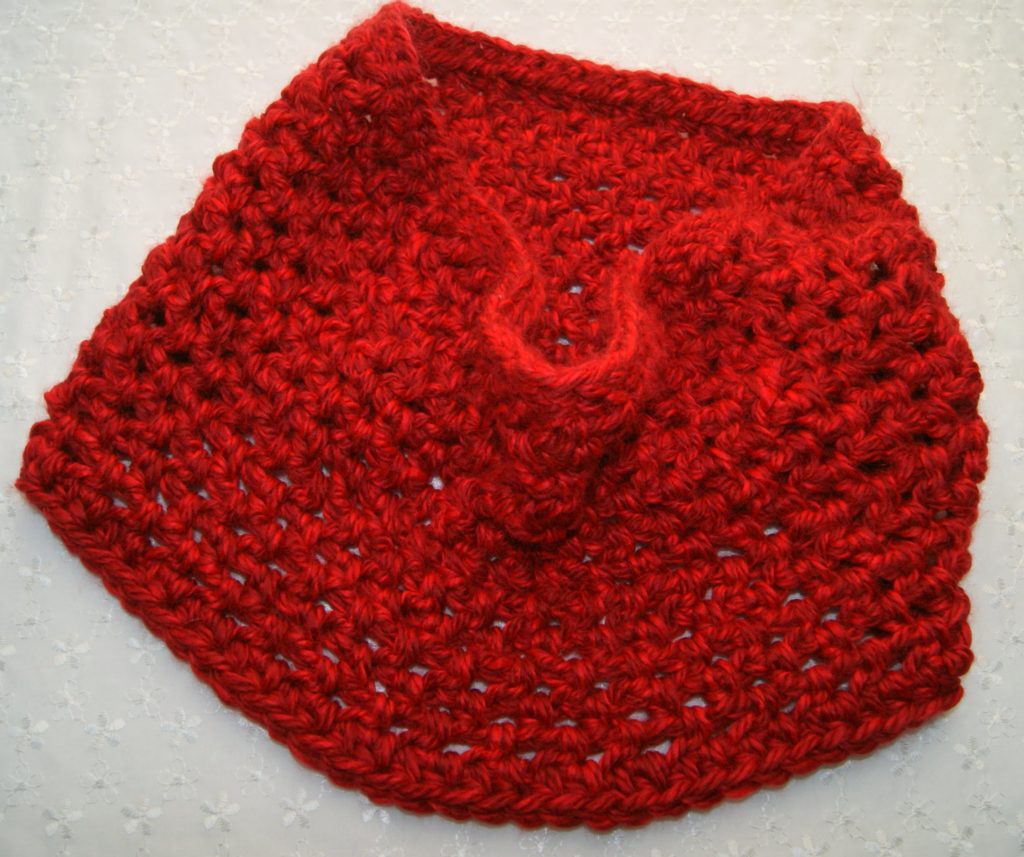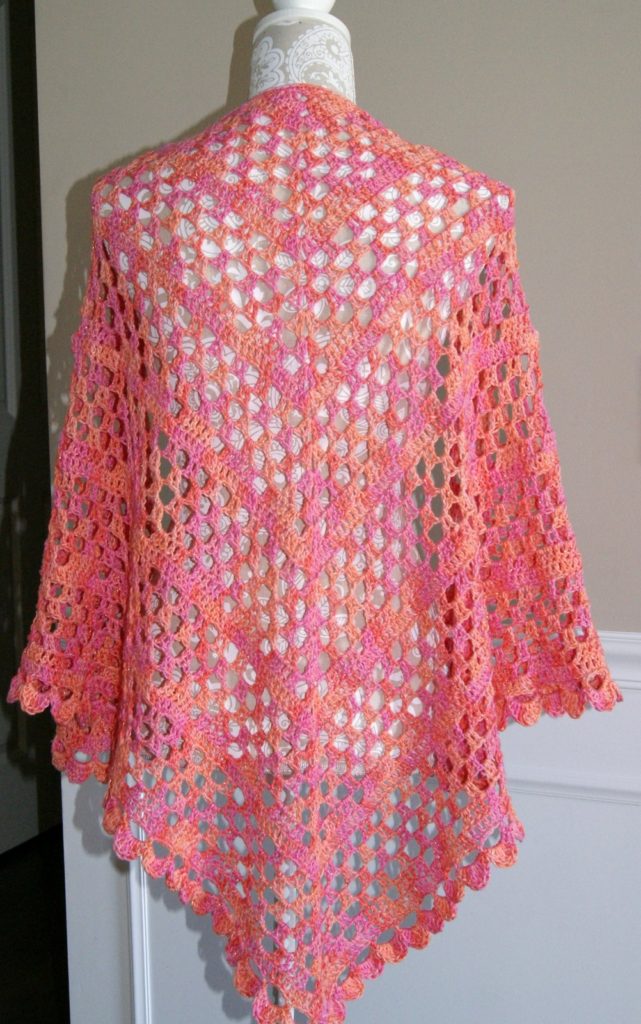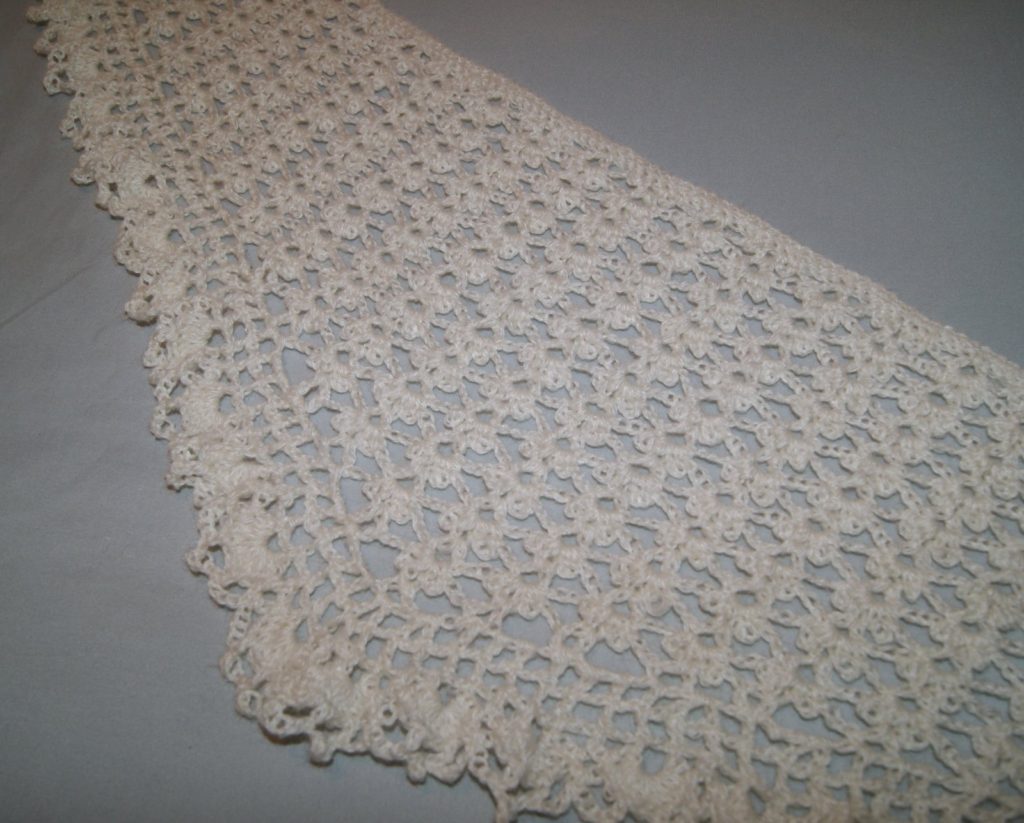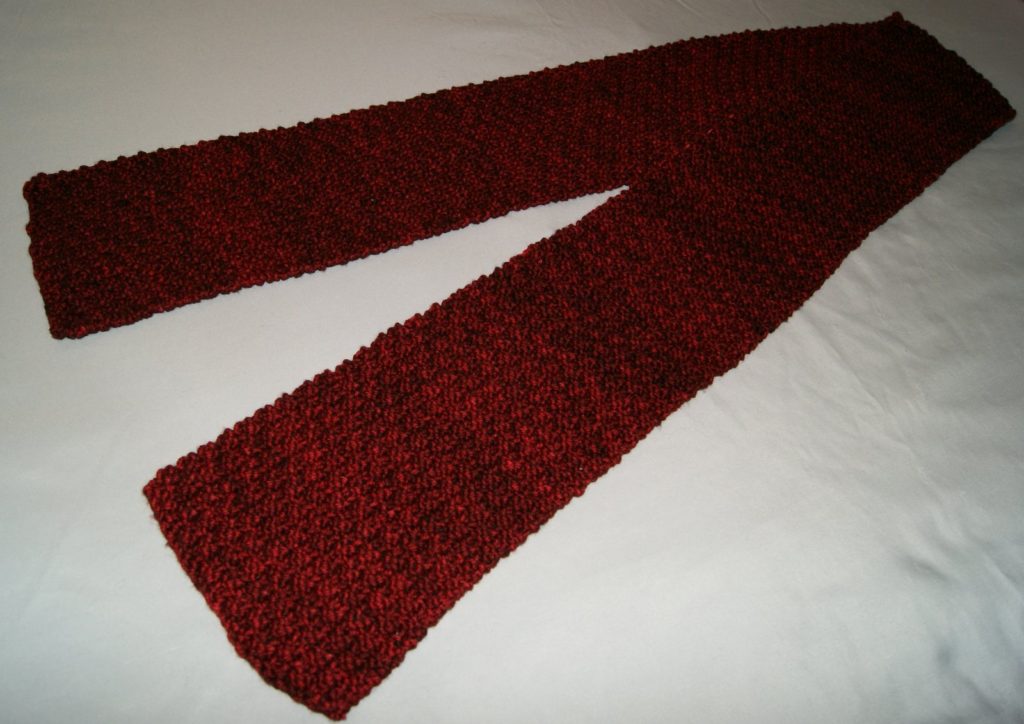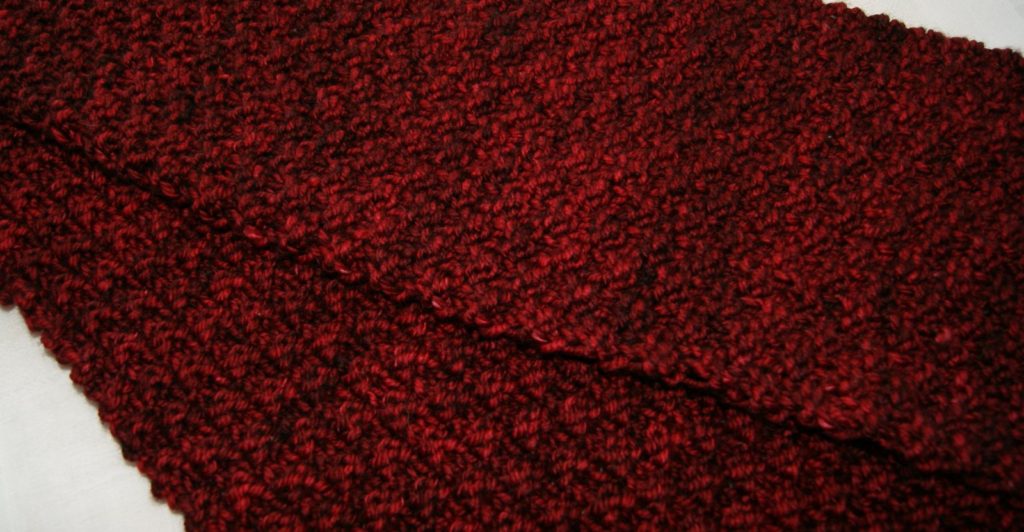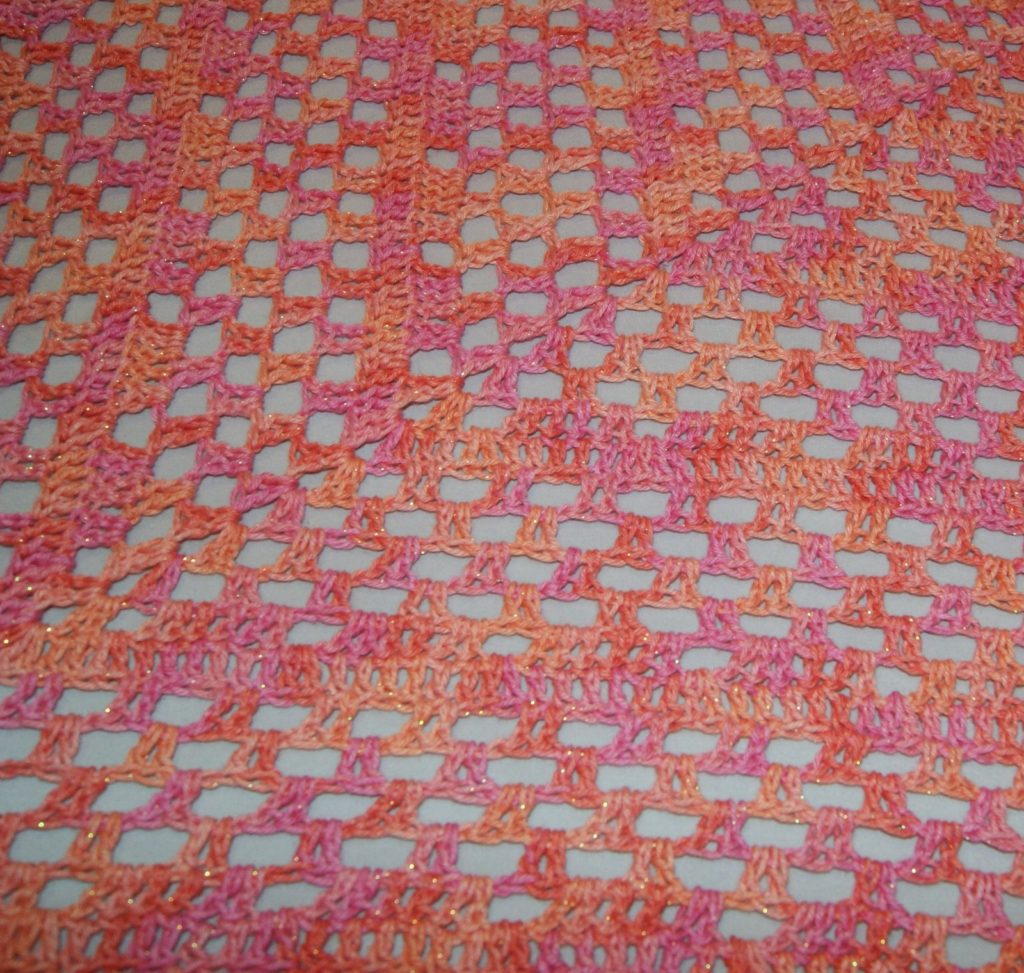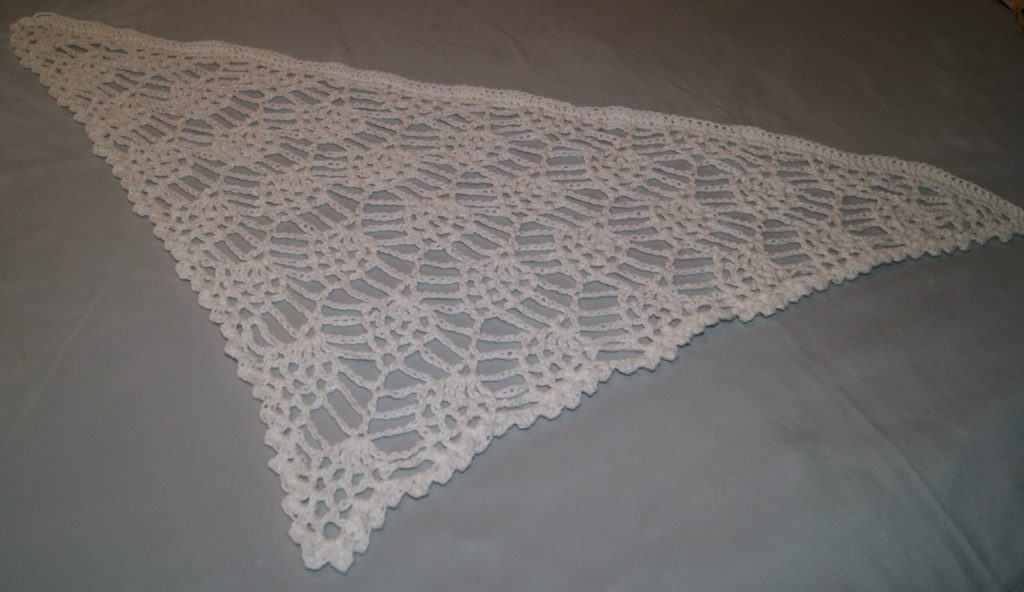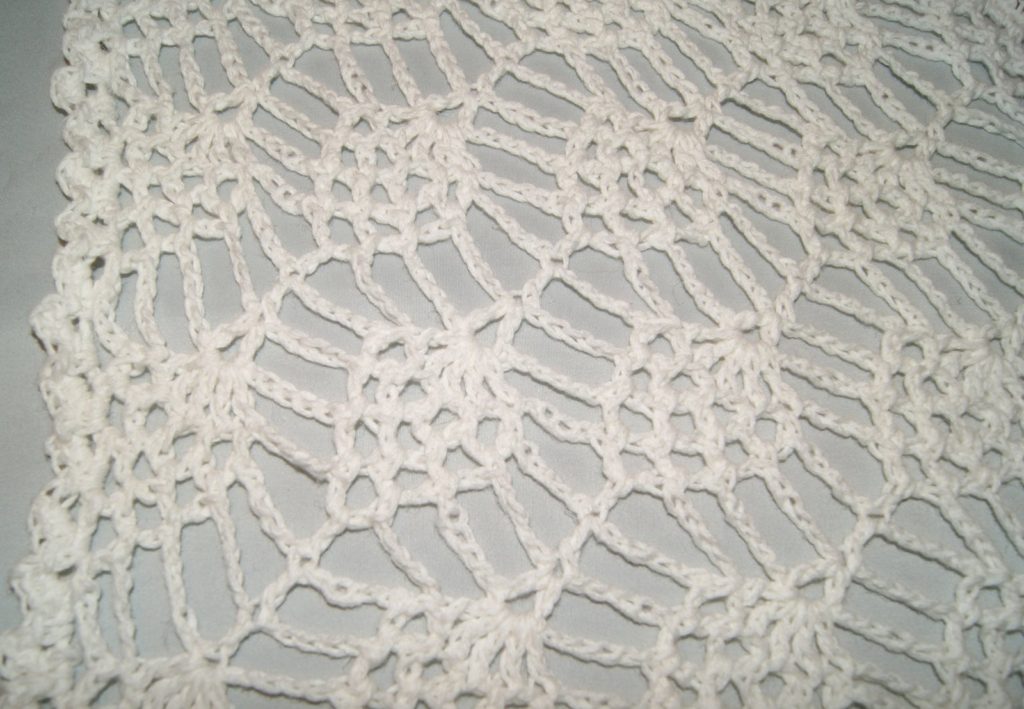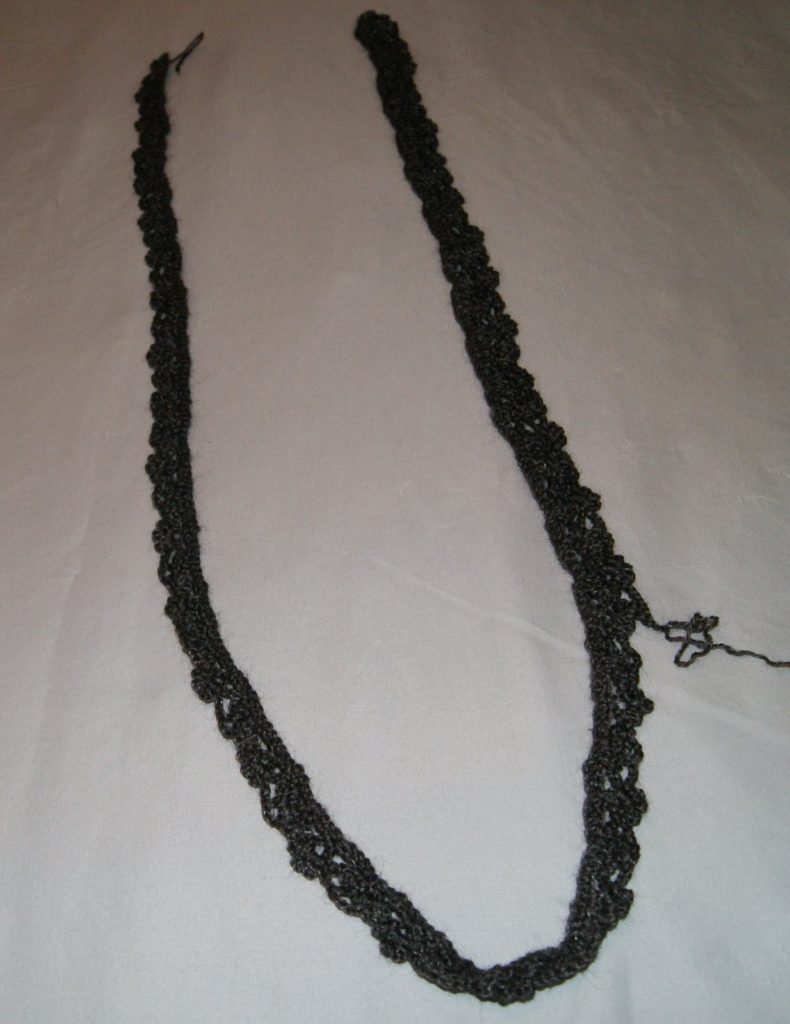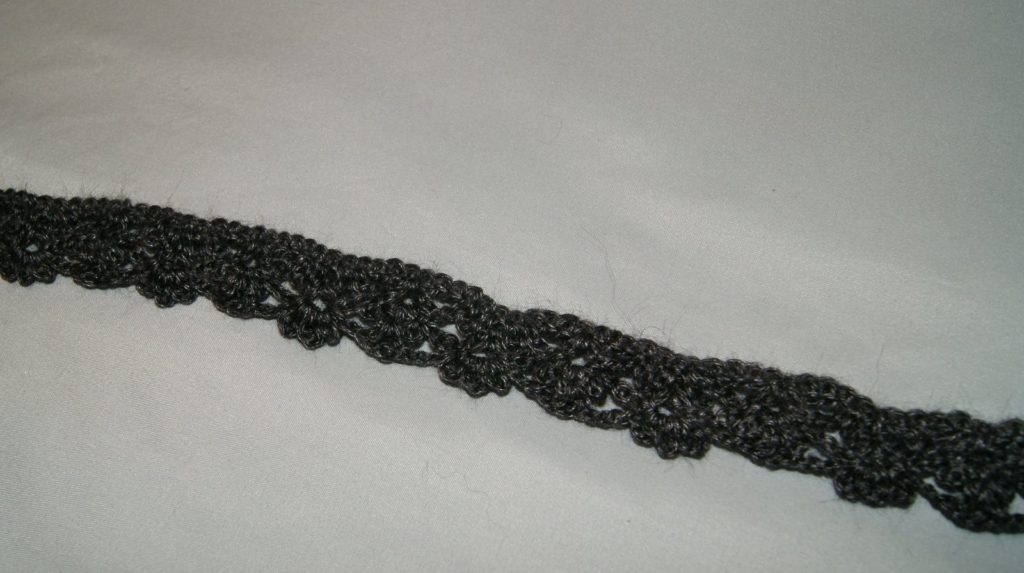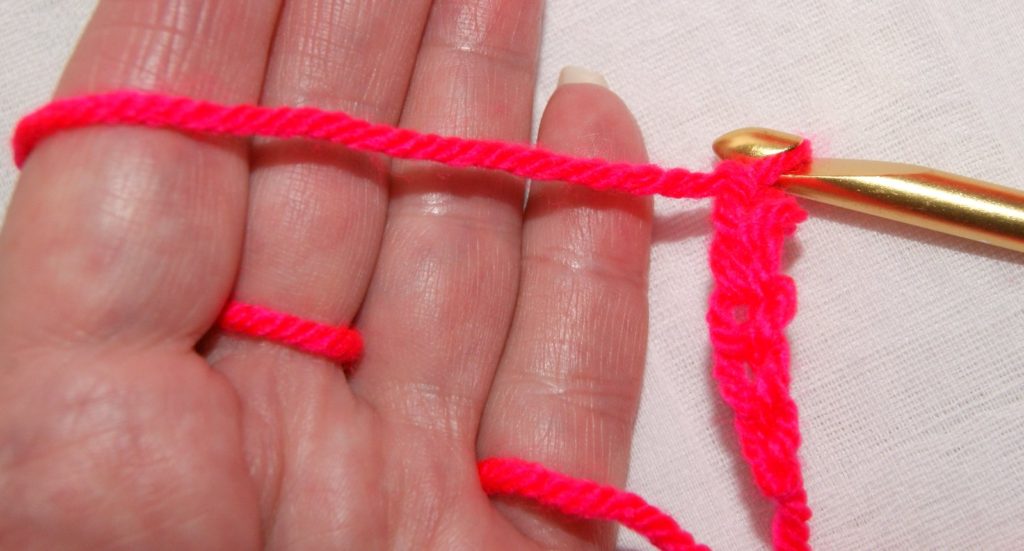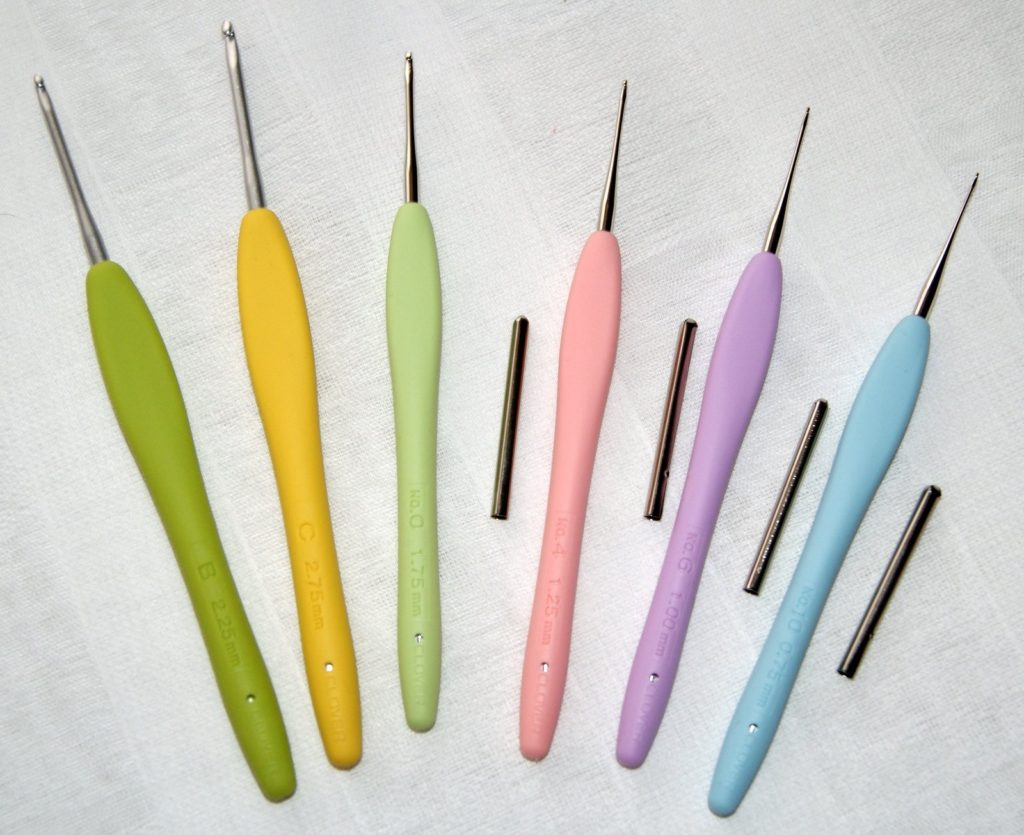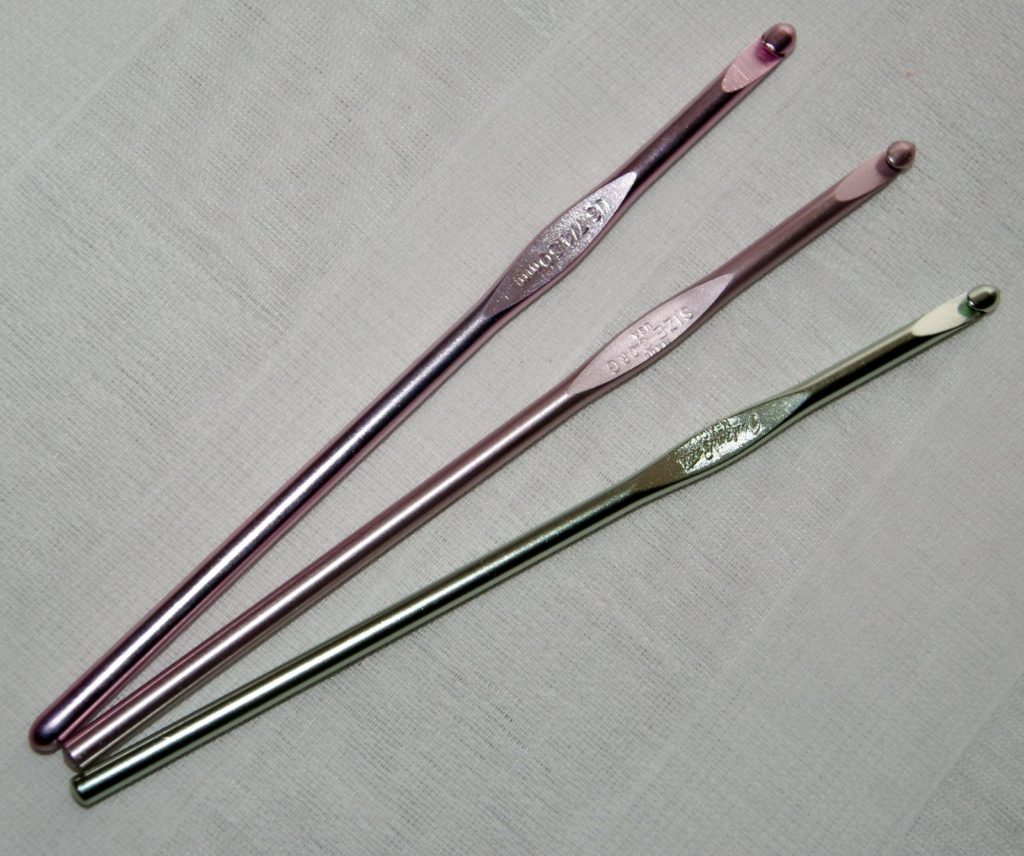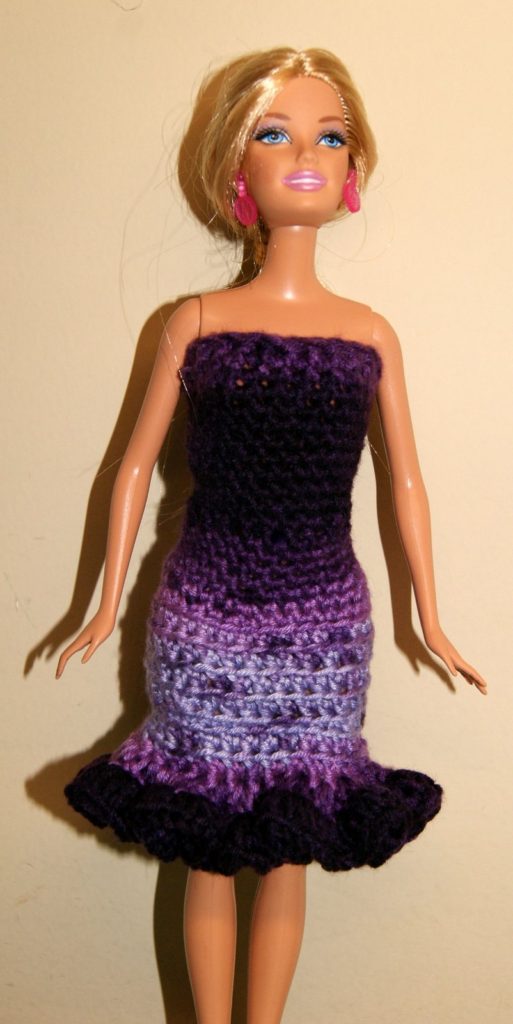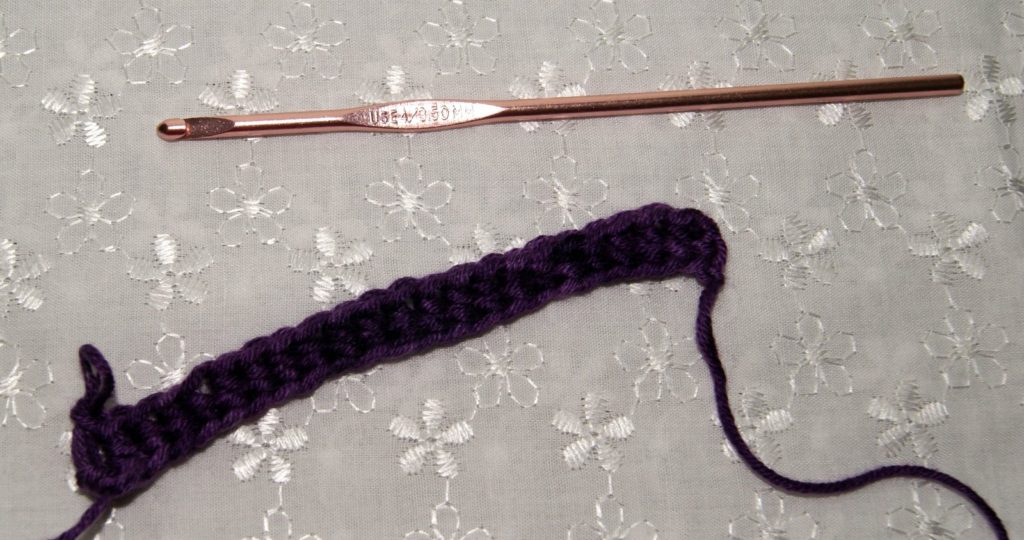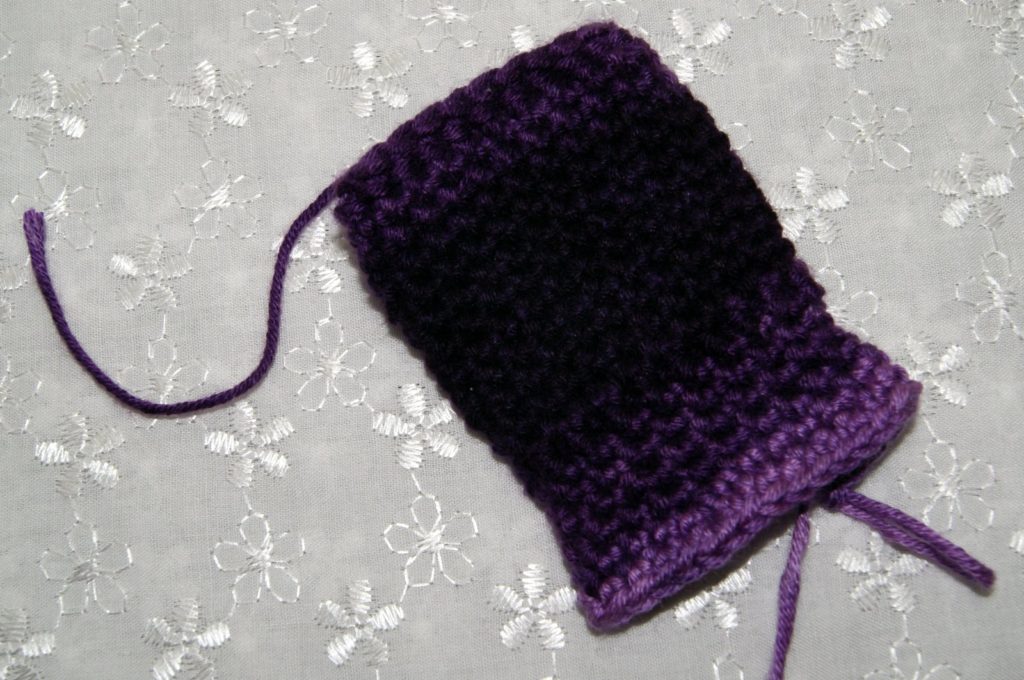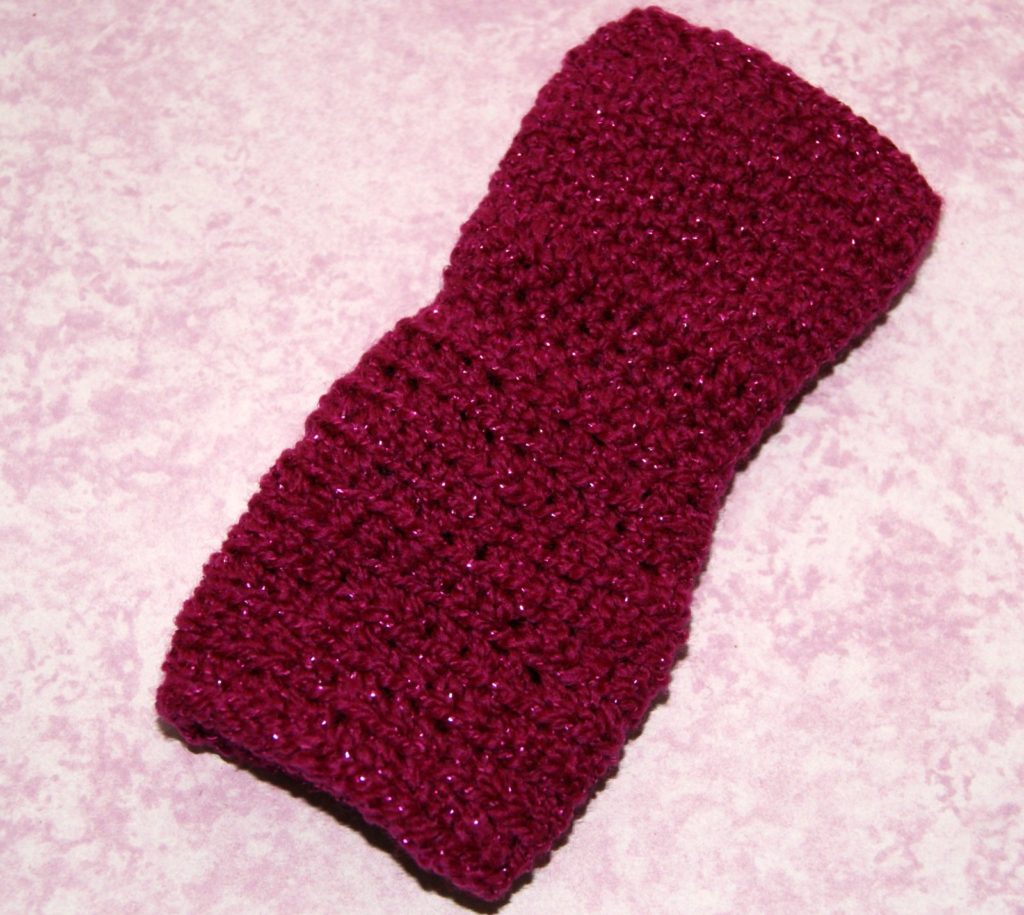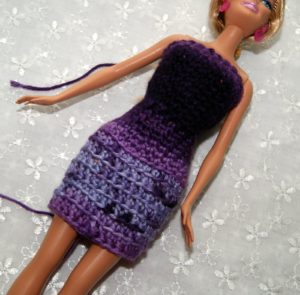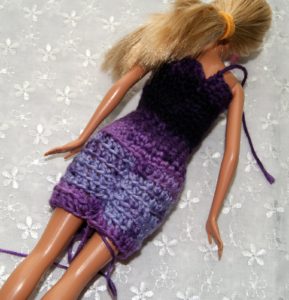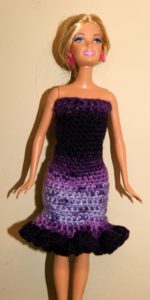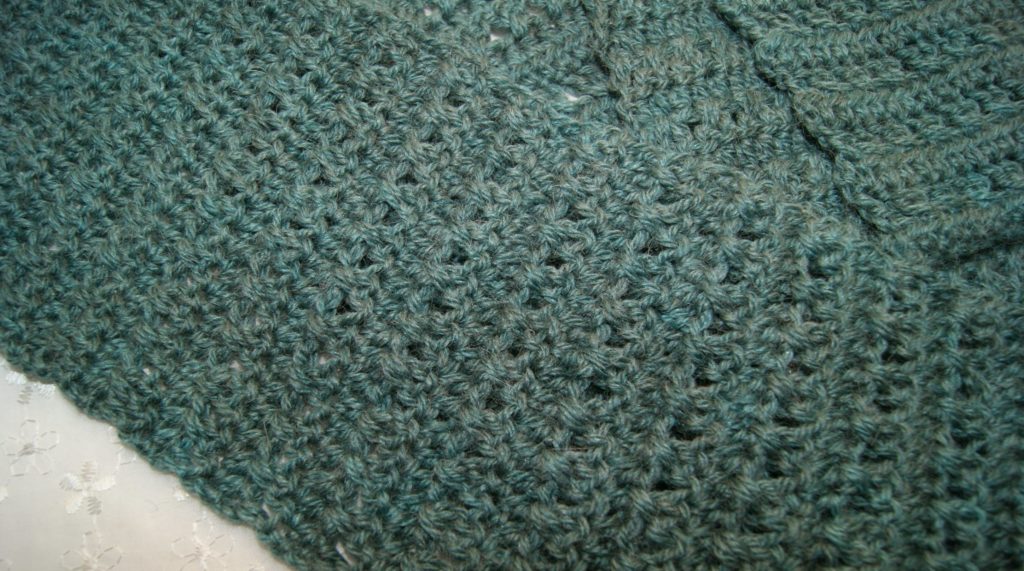 Chunky Cowl/HDC
For this pattern, I basically followed a cool design that I found on one of my favorite sites, Hopeful Honey with just a few changes. I used a great Heartland yarn, Thick and Quick by Lion Brand (super bulky/category 6) for this cowl and a Size N crochet hook. Total yardage was 125 yards and I used the whole skein. If you want your cowl to be a little bigger or longer, you might want to use 2 skeins of this awesome yarn. So warm and soft to wrap up in. I began with a HDC foundation stitch (55 stitches, like pattern directions). Then followed the directions but I only completed 14 rows and the last row I completed 55 HDC in each stitch. This Basic Chunky Cowl pattern works up super quick too.
Chunky Cowl/HDC
For this pattern, I basically followed a cool design that I found on one of my favorite sites, Hopeful Honey with just a few changes. I used a great Heartland yarn, Thick and Quick by Lion Brand (super bulky/category 6) for this cowl and a Size N crochet hook. Total yardage was 125 yards and I used the whole skein. If you want your cowl to be a little bigger or longer, you might want to use 2 skeins of this awesome yarn. So warm and soft to wrap up in. I began with a HDC foundation stitch (55 stitches, like pattern directions). Then followed the directions but I only completed 14 rows and the last row I completed 55 HDC in each stitch. This Basic Chunky Cowl pattern works up super quick too.
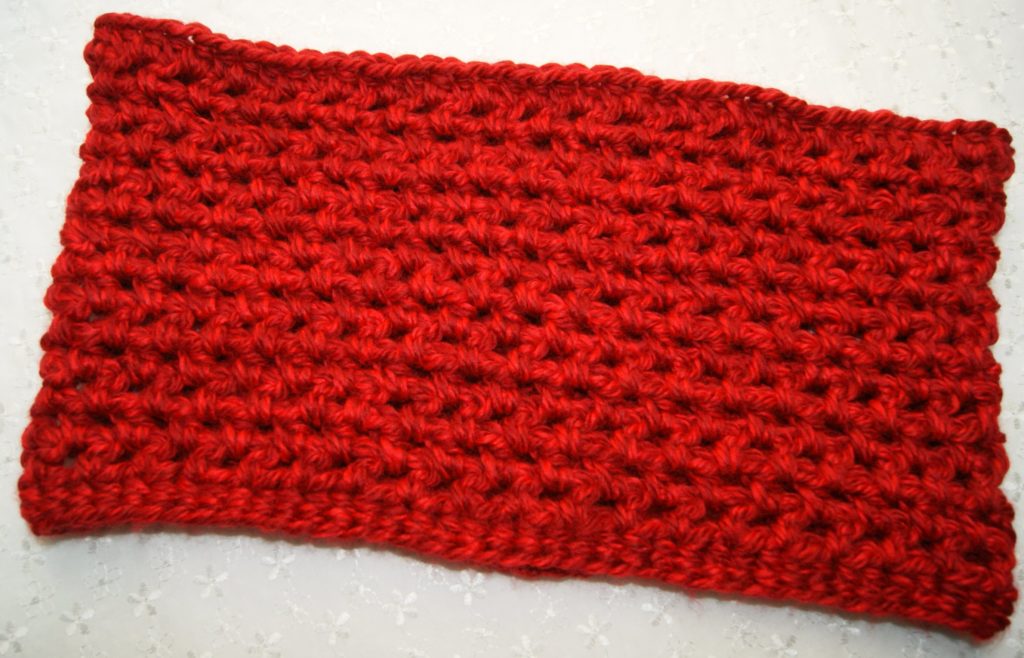 Scalloped Edge Scarf
I used my scalloped edge pattern but this time I started off with 21 stitches (multiples of 3) and had 6 scallops along the bottom and top edges. I found a cute yarn by Red Heart called Gumdrop (color Smoothie) that I loved – nice bright, cheery colors and thought this would be perfect for a child’s scarf. This yarn had 204 yards (worsted weight/category 4) and I crocheted this with a Size H hook. Came out soft and cuddly. If you want this a little longer, follow the pattern beginning with 15 stitches and use a Size G hook. Again, I just crocheted using up the entire skein of yarn to complete this fun, colorful scarf. Now I need to go and get some more yarn to make a matching beanie 🙂
Scalloped Edge Scarf
I used my scalloped edge pattern but this time I started off with 21 stitches (multiples of 3) and had 6 scallops along the bottom and top edges. I found a cute yarn by Red Heart called Gumdrop (color Smoothie) that I loved – nice bright, cheery colors and thought this would be perfect for a child’s scarf. This yarn had 204 yards (worsted weight/category 4) and I crocheted this with a Size H hook. Came out soft and cuddly. If you want this a little longer, follow the pattern beginning with 15 stitches and use a Size G hook. Again, I just crocheted using up the entire skein of yarn to complete this fun, colorful scarf. Now I need to go and get some more yarn to make a matching beanie 🙂
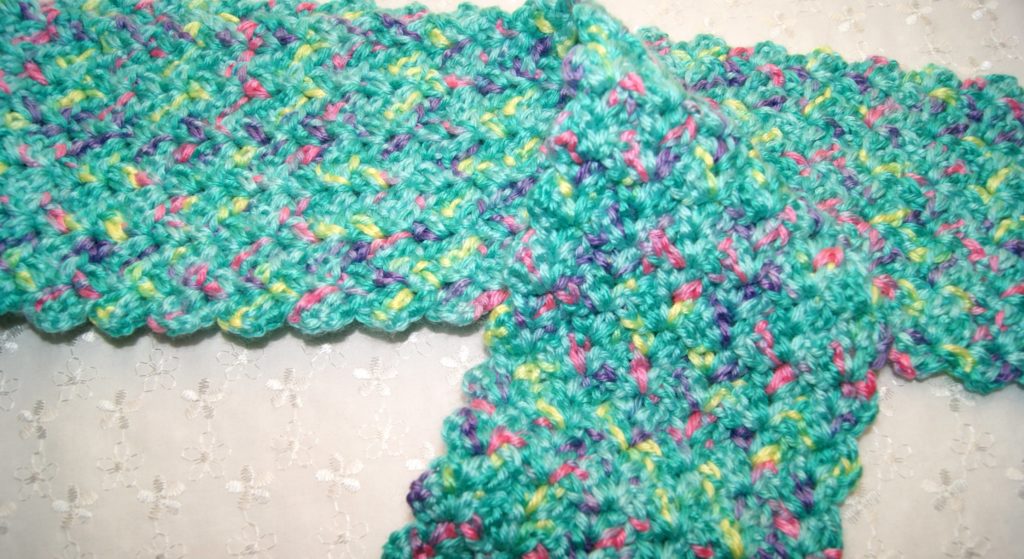 Enjoy these quick and easy patterns and hopefully they will help you complete those last minute gifts too!!
Enjoy these quick and easy patterns and hopefully they will help you complete those last minute gifts too!!
HAPPY CREATING!!
Disclaimer: This post contains affiliate links – “Commissions Earned” , , , ,
